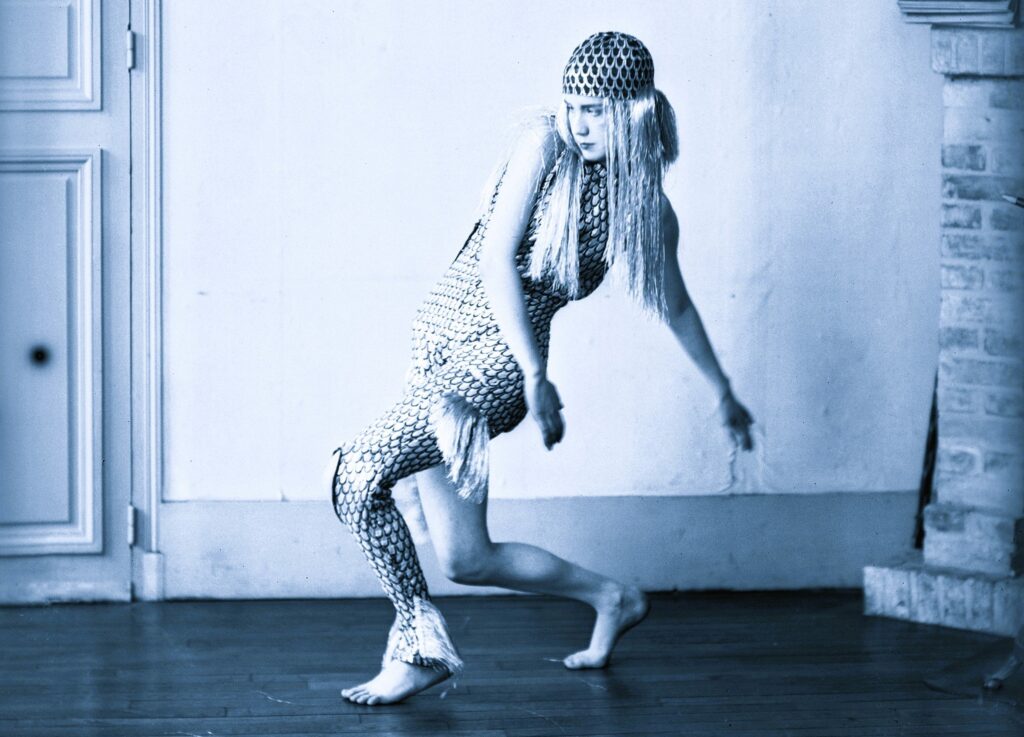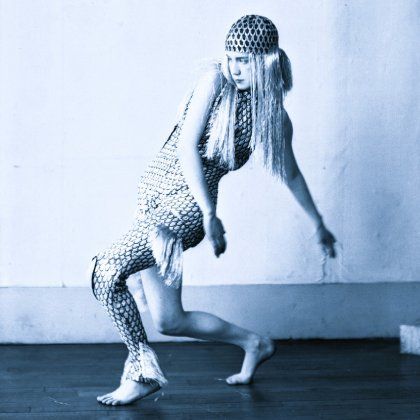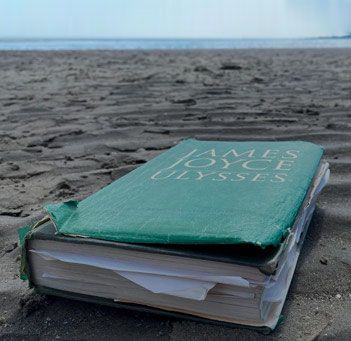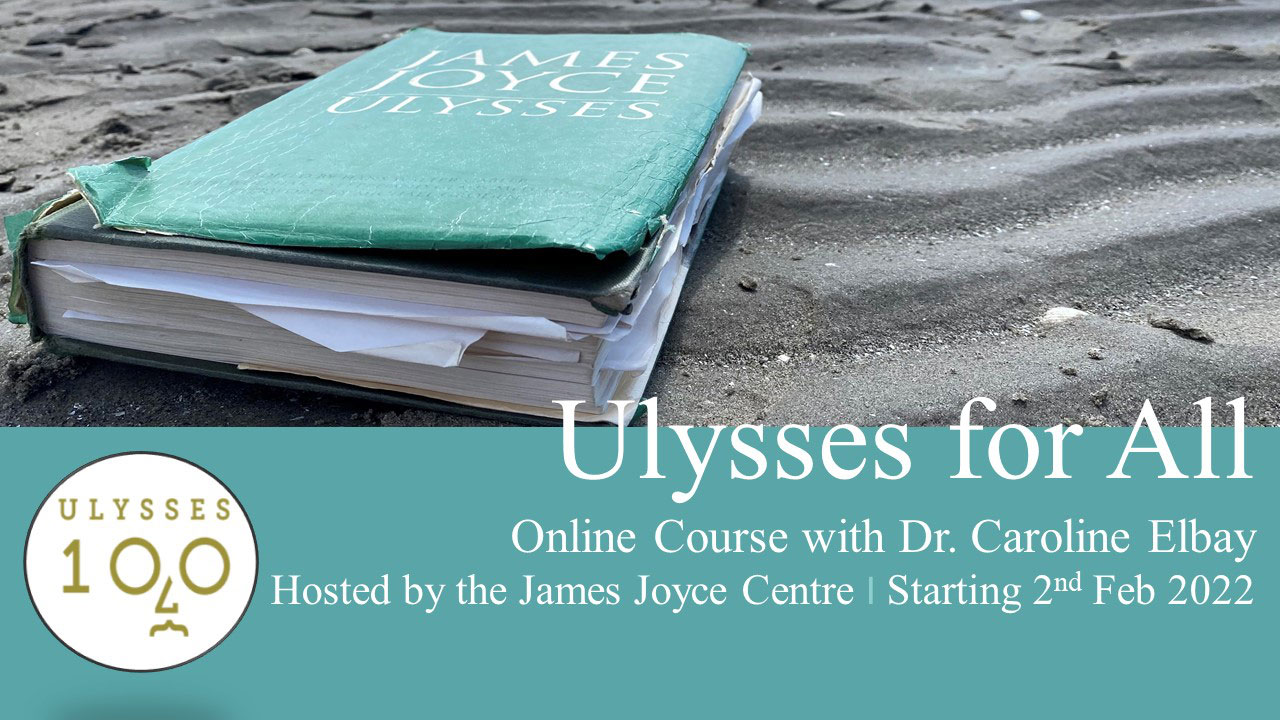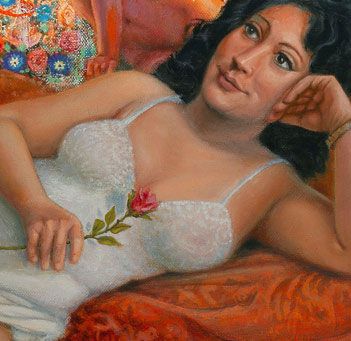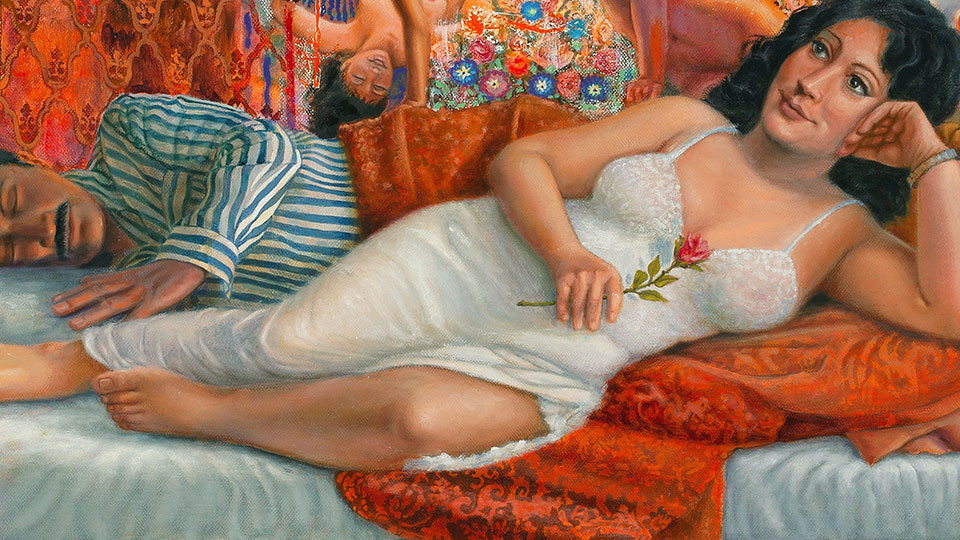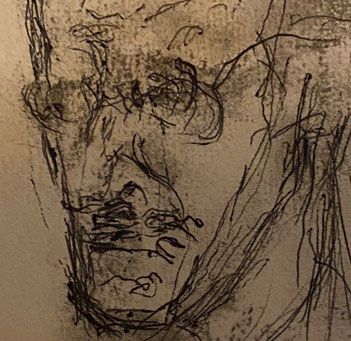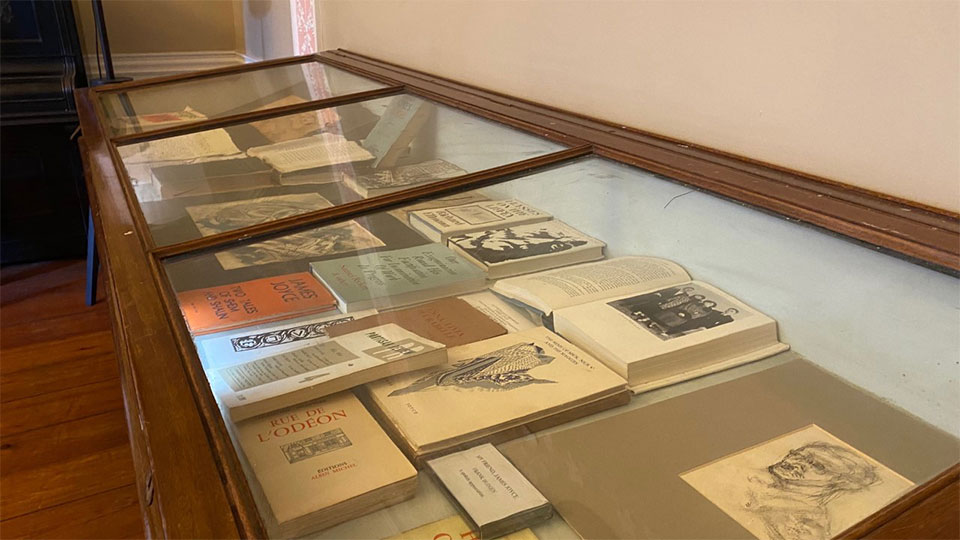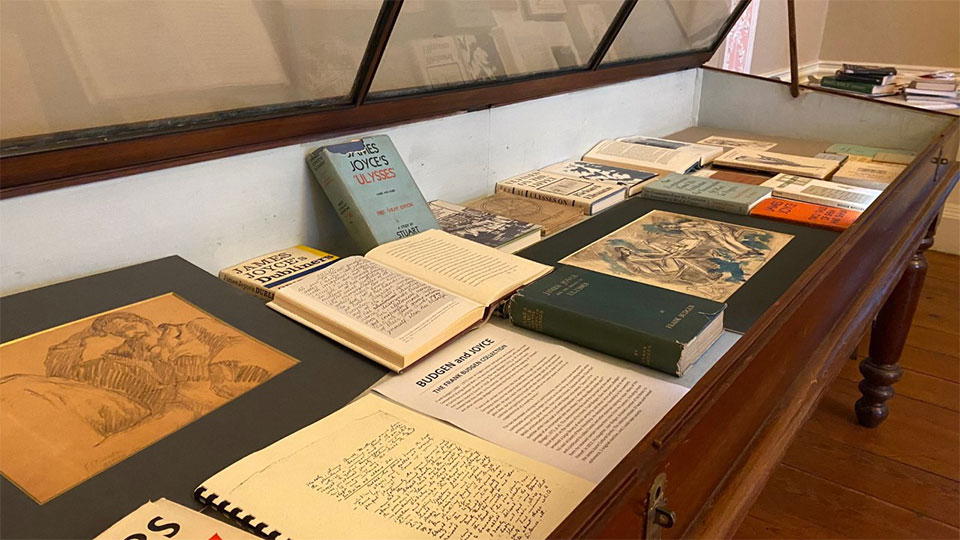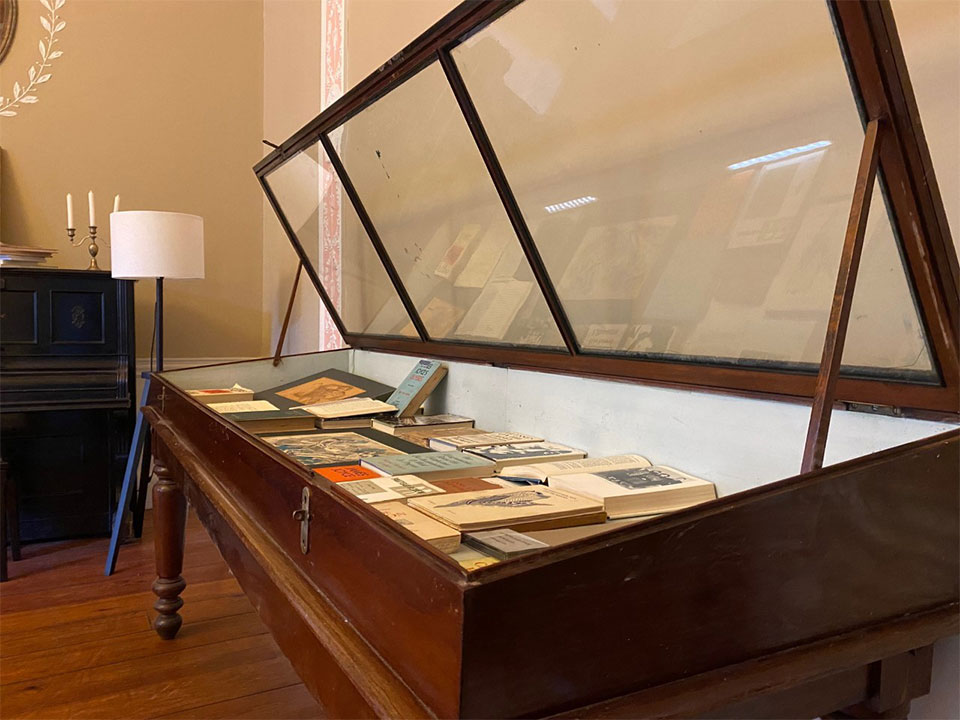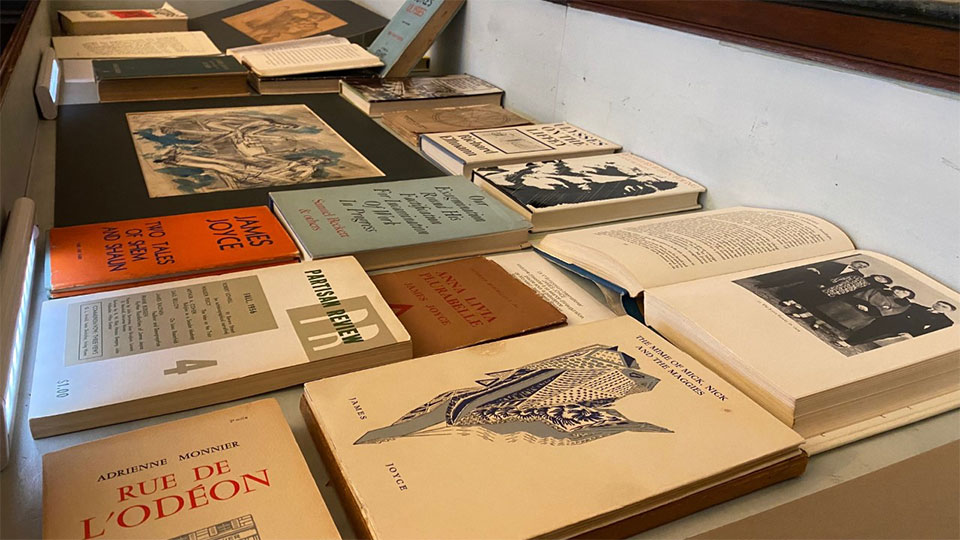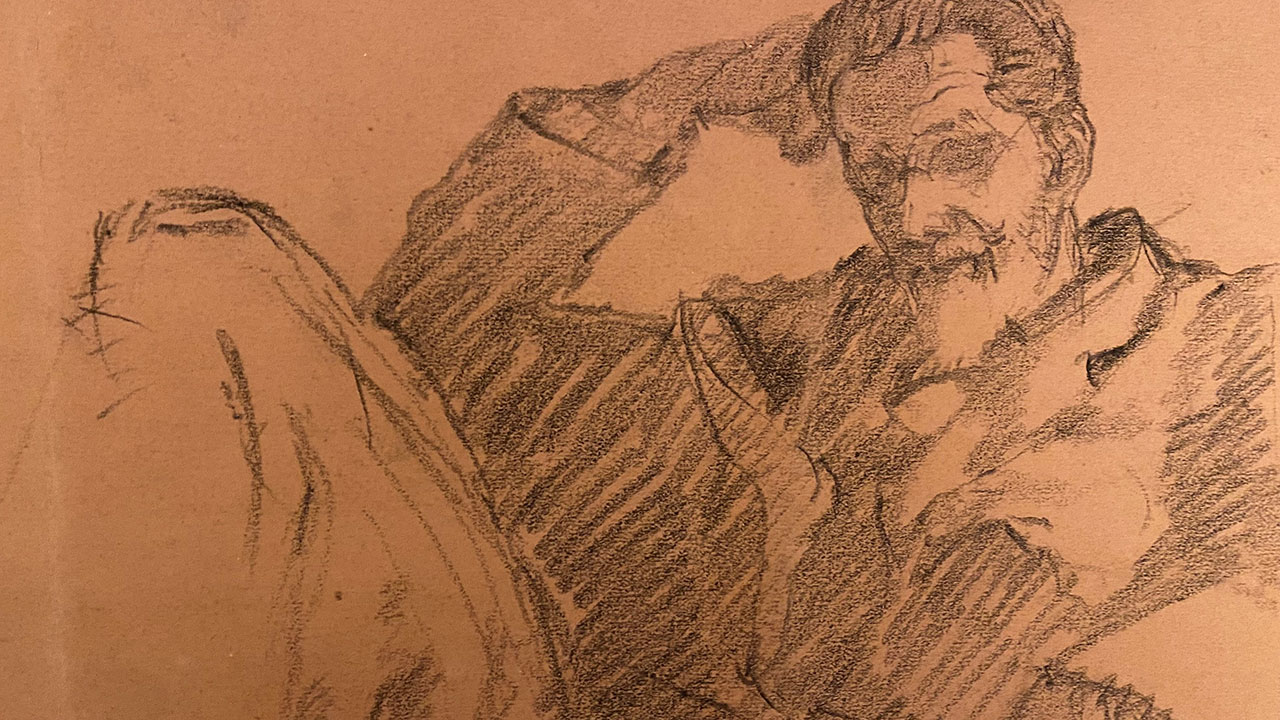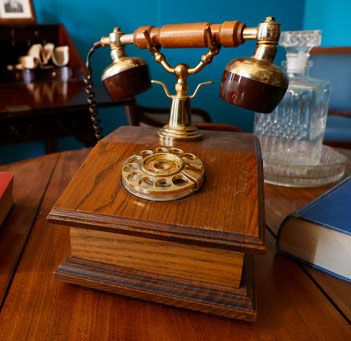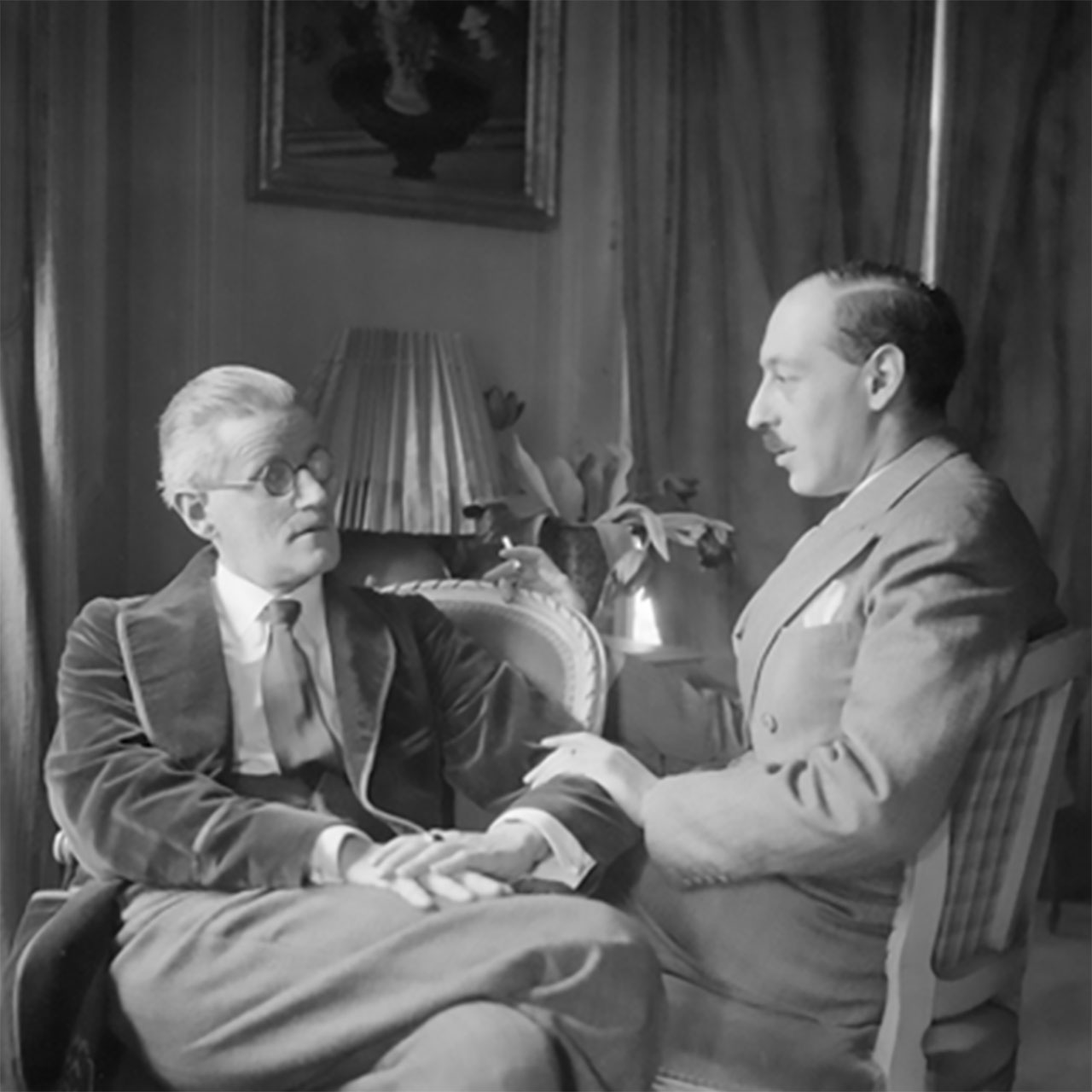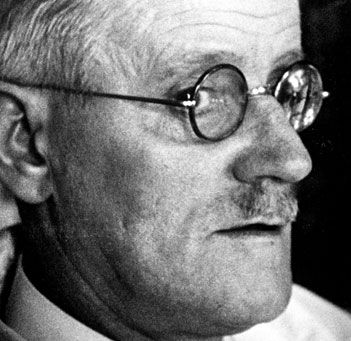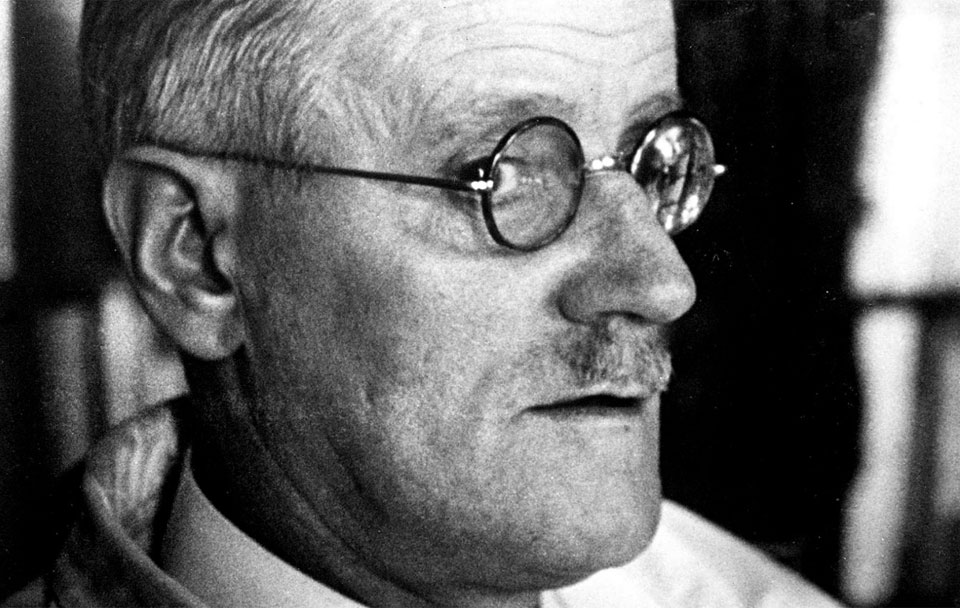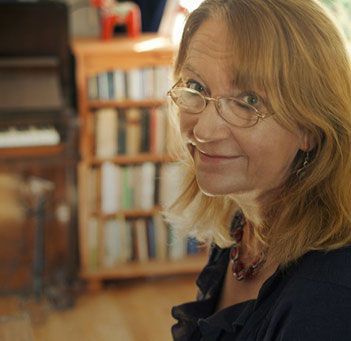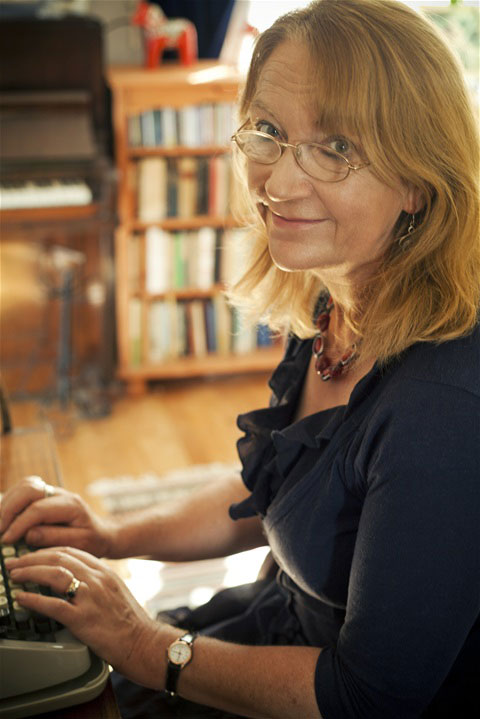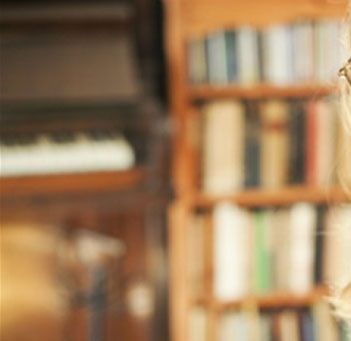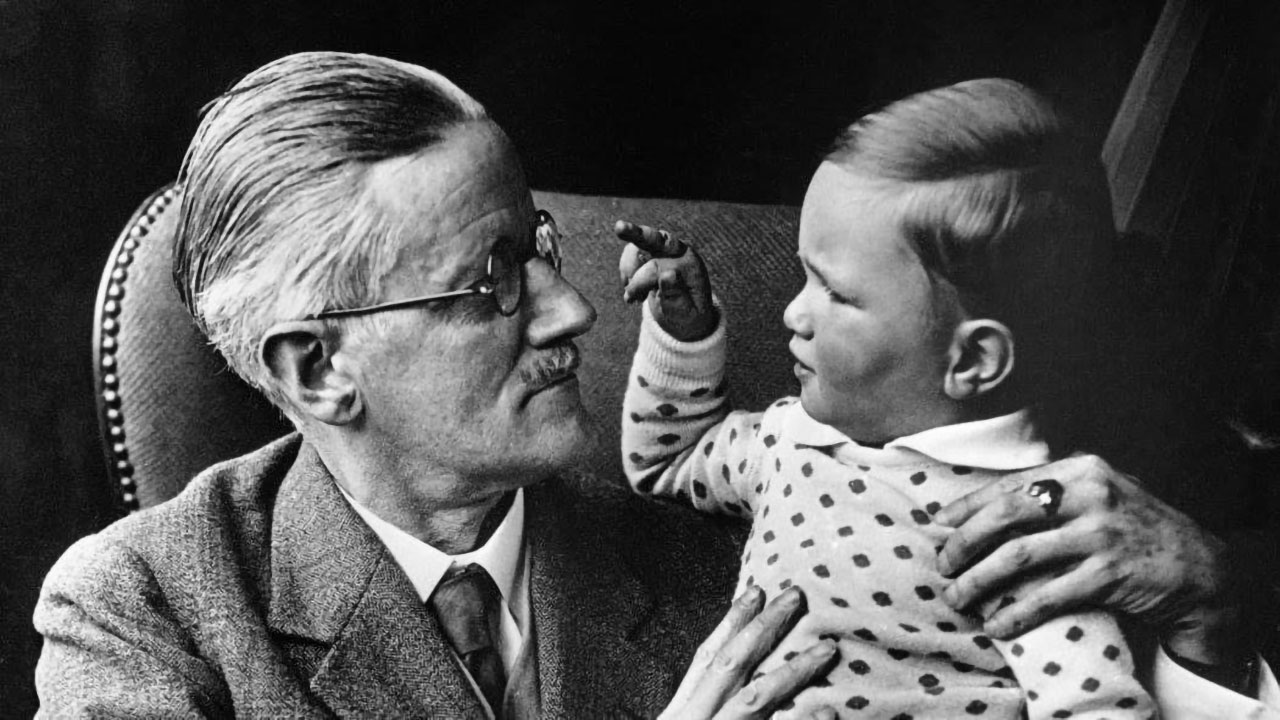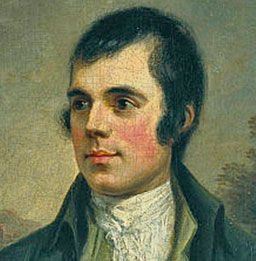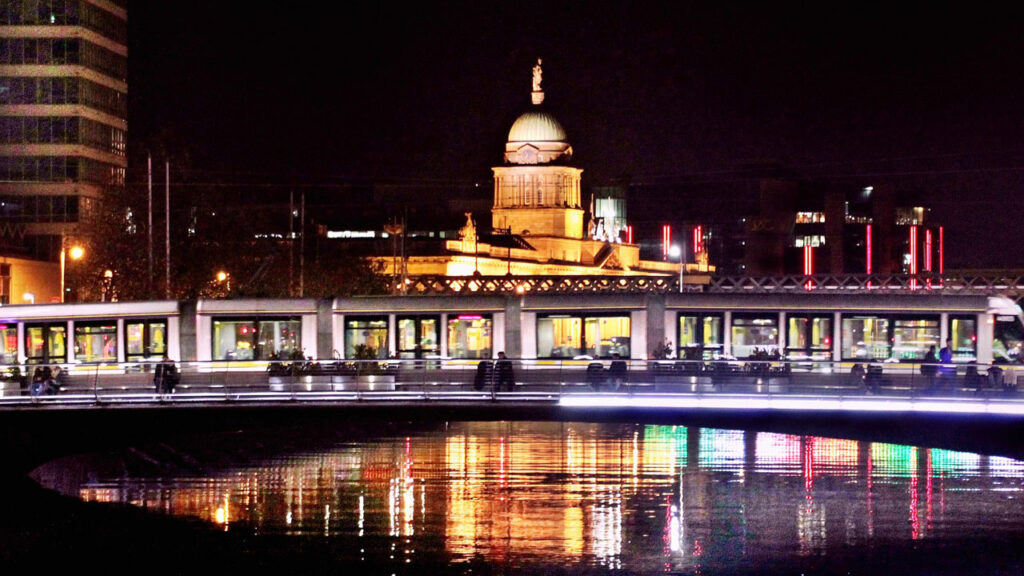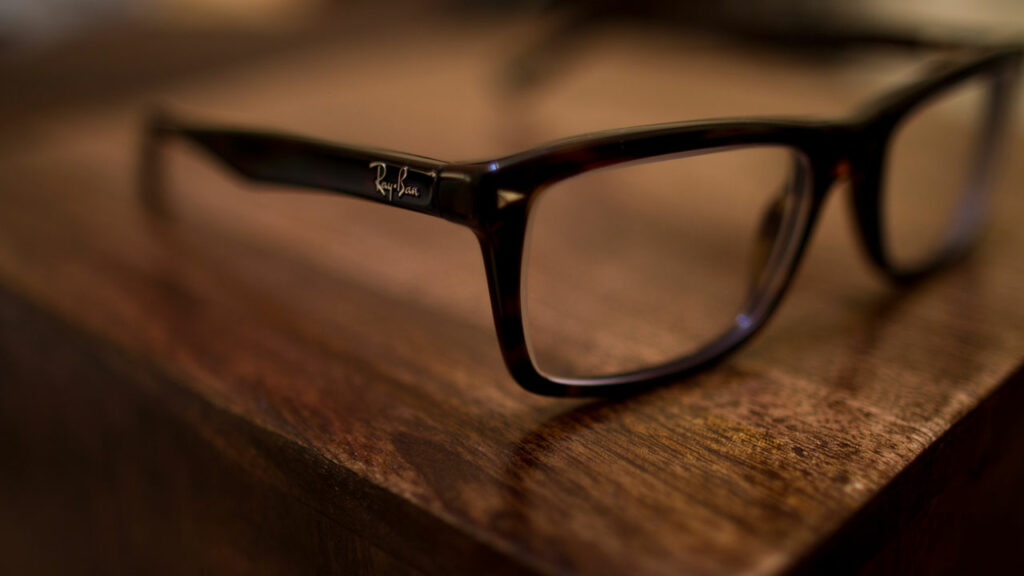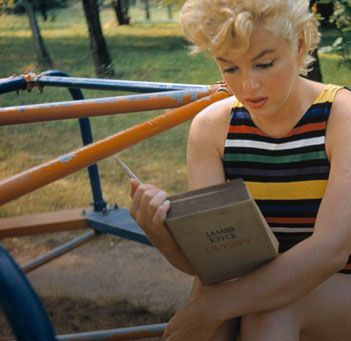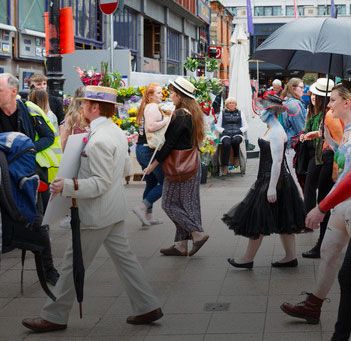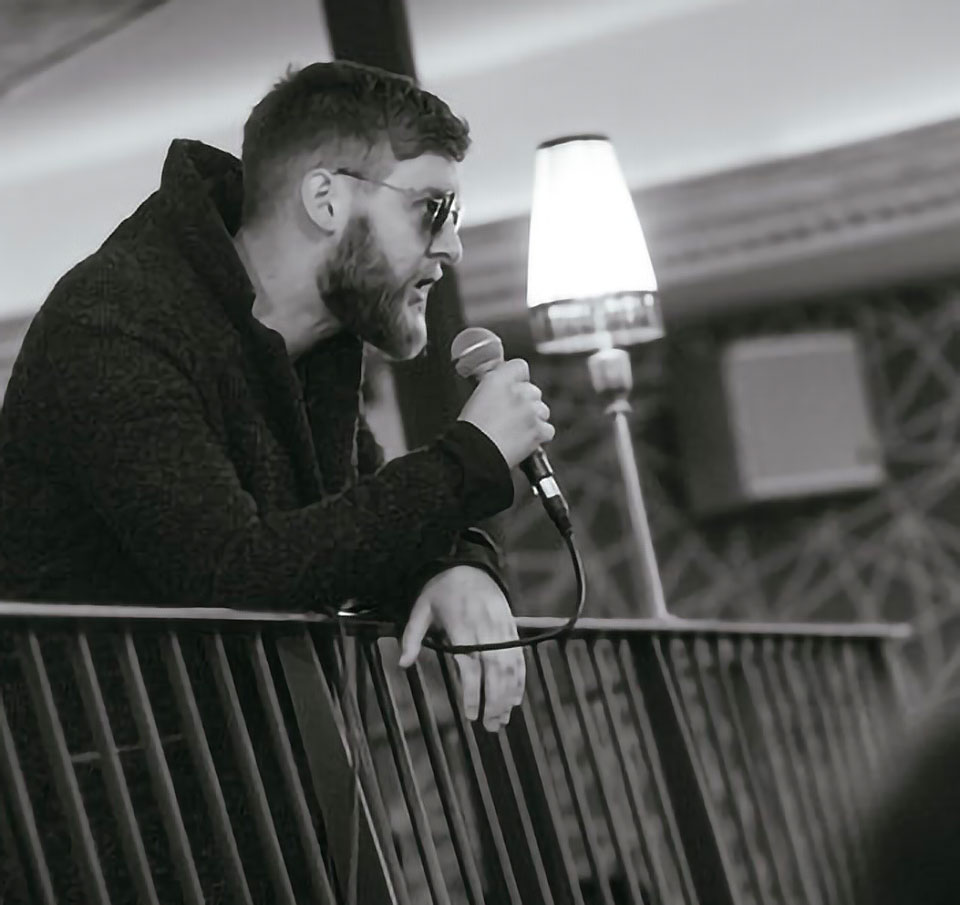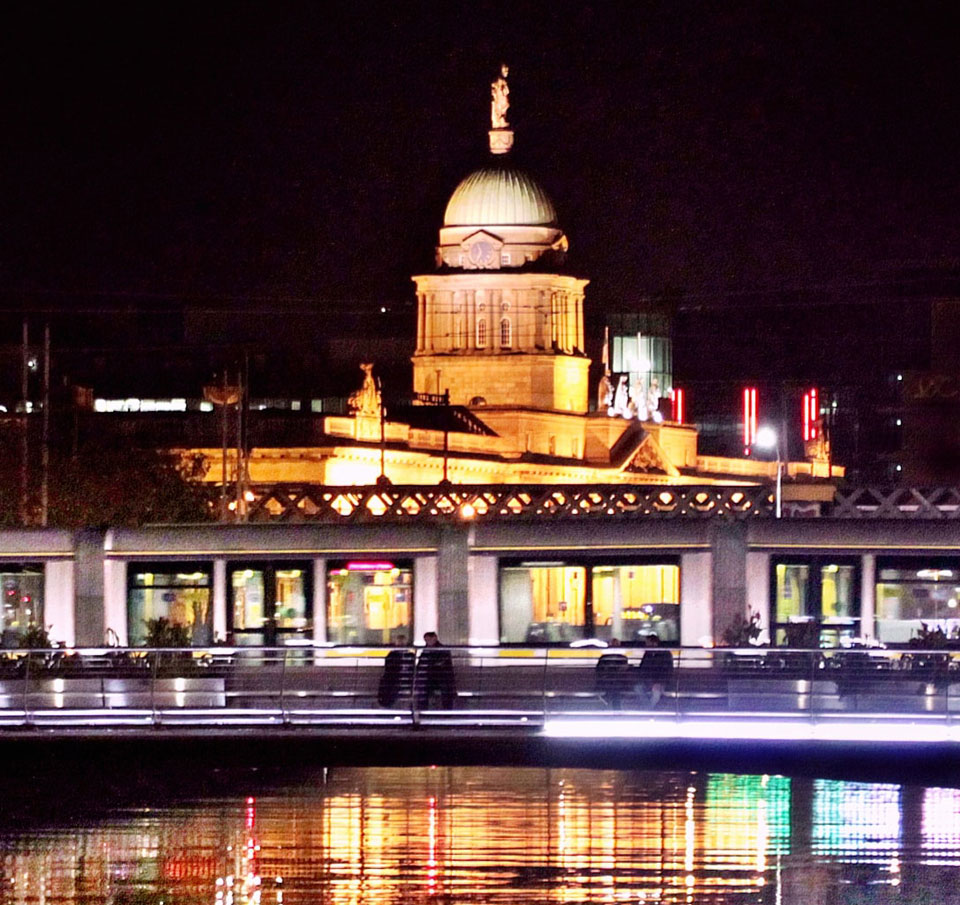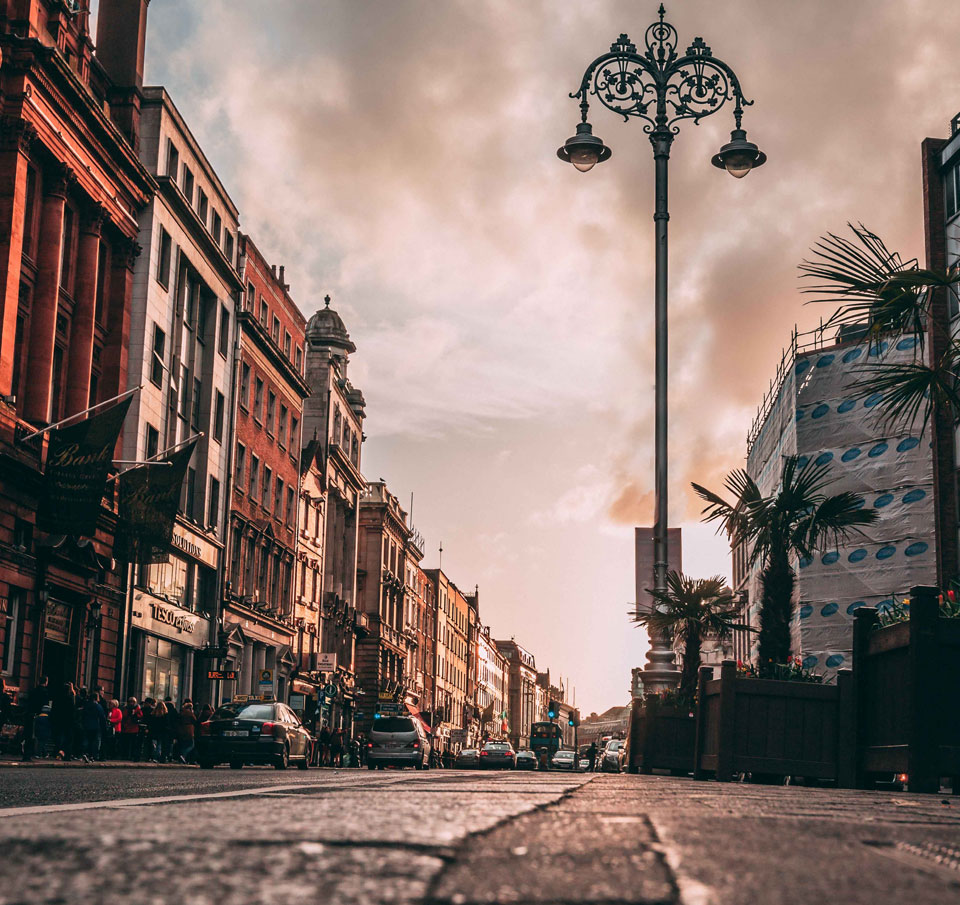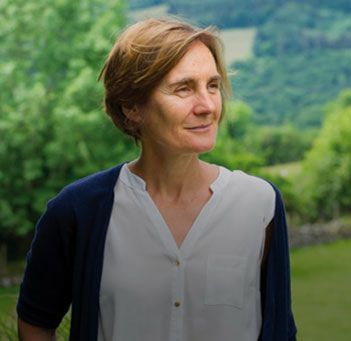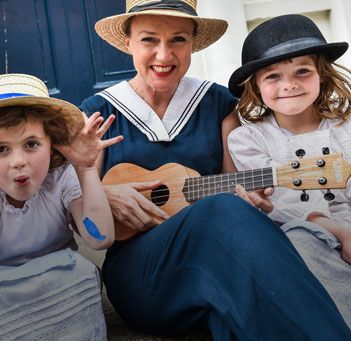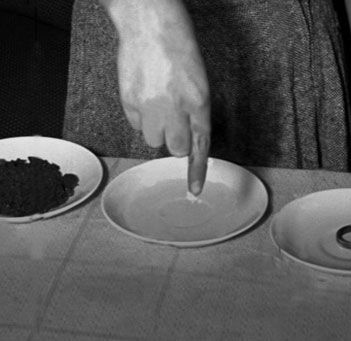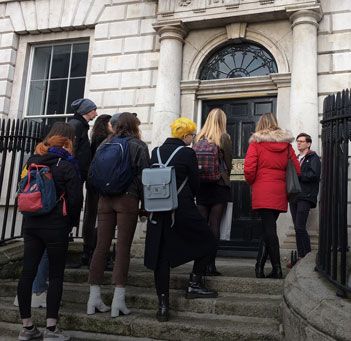Each year the James Joyce Centre has the honour of commissioning a poem for Bloomsday. For Bloomsday 2021, Éilís Ní Dhuibhne created the beautiful – Lower Drumcondra. The Irish Times filmed Darina Gallagher, Director of the James Joyce Centre reading the poem.
Watch the Reading
LOWER DRUMCONDRA
Griffith Park has beauty.
Willows, dandelions
And tumbling chestnuts
Choirs of children laughing.
In the bubbling river
a heron always stands
Watching, on a rock,
Like any artist.
These shining slopes
Are built upon a dump.
Once the Millmount hills
Were lumps of rubbish,
mouldy offal,Micky Mud.
How it must have stunk.
He spread his wings
And headed south
Through Dorset Street
and Eccles.
North Richmond which is blind.
And on and on
and on.
Sixteen moves
Before he reached the boat.
Not quite a house for every year.
But close.
When he was twelve
He lived on the riverside
He saw the heron,
legs delicate and long,
Enchanting midstream
In the land of tundish.
She stands in the river still
Sublime upon her rock
Listening to the best English
The ardent river song.
The Joyce’s house is gone.
About the poet
Éilís Ní Dhuibhne was born in Dublin in 1954 and is a graduate of UCD.
She lived for one year in Copenhagen, and otherwise has always lived in Dublin. She has two grown up sons and two grandchildren.
Eilis went to school to Scoil Bhríde, now in Ranelagh, and to Scoil Chaitríona, on Eccles Street. Then she studied at UCD, for almost ten years. She focused on literature and narrative studies, studying Pure English for the BA, doing an M Phil in Middle English and Old Irish, and finishing in 1982 with a Ph.D., dealing with the relationship of oral and written narrative. From 1978-9 she studied at the Folklore Institute in the University of Copenhagen as a research scholar, while researching her doctoral thesis.
Eilis worked in various jobs while she was studying – in Greene’s Bookshop, as a still room waitress on the Isle of Wight and on the Friesian Islands, in St James’s Hospital as a nurse’s assistant. For many years she worked as an assistant keeper, a librarian, in the National Library of Ireland. She has been lecturer in Creative Writing in UCD, and Writer Fellow at Trinity College. She was Burns Scholar at Boston College for Fall 2020.
She started writing short stories when she was a student and published her first story in the New Irish Writing Page in the Irish Press, in 1974 (the story was called ‘Green Fuse’), under the pseudonym Elizabeth Dean. For about ten years she wrote occasional short stories, many of which were published in the Irish Press. Her first collection of stories was published in 1988, Blood and Water, and since then she has written 25 books, including novels, collections of short stories, several books for children, plays and non-fiction works. She writes in both Irish and English. A list of the books is available on this website: see PUBLICATIONS on the menu on the left of the front page.
She has won several awards for her writing over the years. Among them are The Bisto Book of the Year Award, the Readers’ Association of Ireland Award, the Stewart Parker Award for Drama, the Butler Award for Prose from the Irish American Cultural Institute and several Oireachtas awards for novels and plays in Irish. The novel The Dancers Dancing was shortlisted for the Orange Prize for Fiction. In 2015 she was awarded the Irish PEN award for an outstanding contribution to Irish literature, and in 2016 she was given a Hennessy Hall of Fame award for lifetime achievement. Her stories are widely anthologized and translated. Her latest novel for young people, Aisling, was published in 2015; her Selected Stories were published in 2017 by Dalkey Archive Press, and a memoir, Twelve Thousand Days, in 2018. She recently published a collection of short stories, Little Red and Other Stories (Blackstaff Press 2020.
She was elected to Aosdána, the academy of Irish writers and artists, in 2004. She is a current ambassador for the Irish Writers’ Centre, and President of the Folklore of Ireland Society (An Cumann le Béaloideas Éireann).
